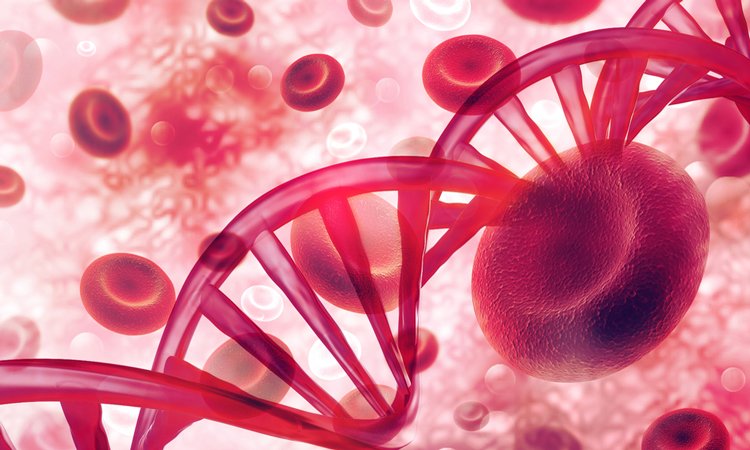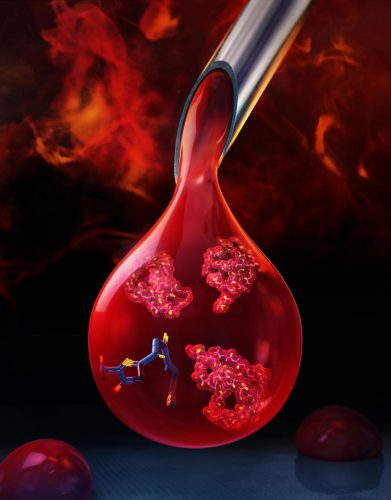Researchers develop technique to map protein-drug interactions
Posted: 22 January 2020 | Victoria Rees (Drug Target Review) | No comments yet
A new method of melting proteins has allowed researchers to identify new potential drug targets by revealing protein-drug interactions.


An international team of researchers has created a technology to systematically identify drug targets in living animals by investigating protein-drug interactions.
By comparing the unwinding temperatures of proteins, the researchers determined which drug connected with which protein”
Led by scientists at the European Molecular Biology Laboratory (EMBL) and Cellzome, a GlaxoSmithKline (GSK) company, the new technology will allow researchers to develop new medicines and understand how they target specific organs.
The group mapped protein-drug interactions in rat organs and blood, which could open pathways in drug discovery, fundamental biology and personalised medicine.
When a drug binds to a protein, the structure of the protein gets tighter and unfolds at higher temperatures. By melting proteins, the team were able to observe their properties and gain insights into the interactions between multiple proteins or between proteins and drugs.
“For the first time, we can systematically map drug-protein interactions in a mammalian organism. This global view of the drug targets and potential side-effects is a huge step in drug discovery,” explained lead researcher team leader and head of the Proteomics Core Facility at EMBL, Mikhail Savitski.
By comparing the unwinding temperatures of proteins, the researchers determined which drug connected with which protein.


Artistic representation of protein-drug interaction in a blood sample (credit: Tobias Wüstenfeld).
According to the researchers, the method used represents a significant advancement for translational research because biological changes can be directly monitored in an organ by measuring protein interactions and activation of cellular pathways; this will improve therapeutic efficacy.
To demonstrate their technique’s capabilities, the scientists scanned all proteins in rat liver, lung, kidney and spleen. Their results provided novel insights into the interactions of proteins and revealed potential drug targets.
“We can study protein interactions in different tissues of living organisms and how they are affected by external conditions. Our technique could significantly improve our understanding of human diseases and aid the development of successful treatments,” says Nils Kurzawa, EMBL scientist.
The study was published in Nature Biotechnology.
Related topics
Drug Development, Drug Targets, Protein, Proteomics, Research & Development
Related organisations
Cellzome, European Molecular Biology Laboratory (EMBL), GlaxoSmithKline (GSK)
Related people
Mikhail Savitski, Nils Kurzawa



